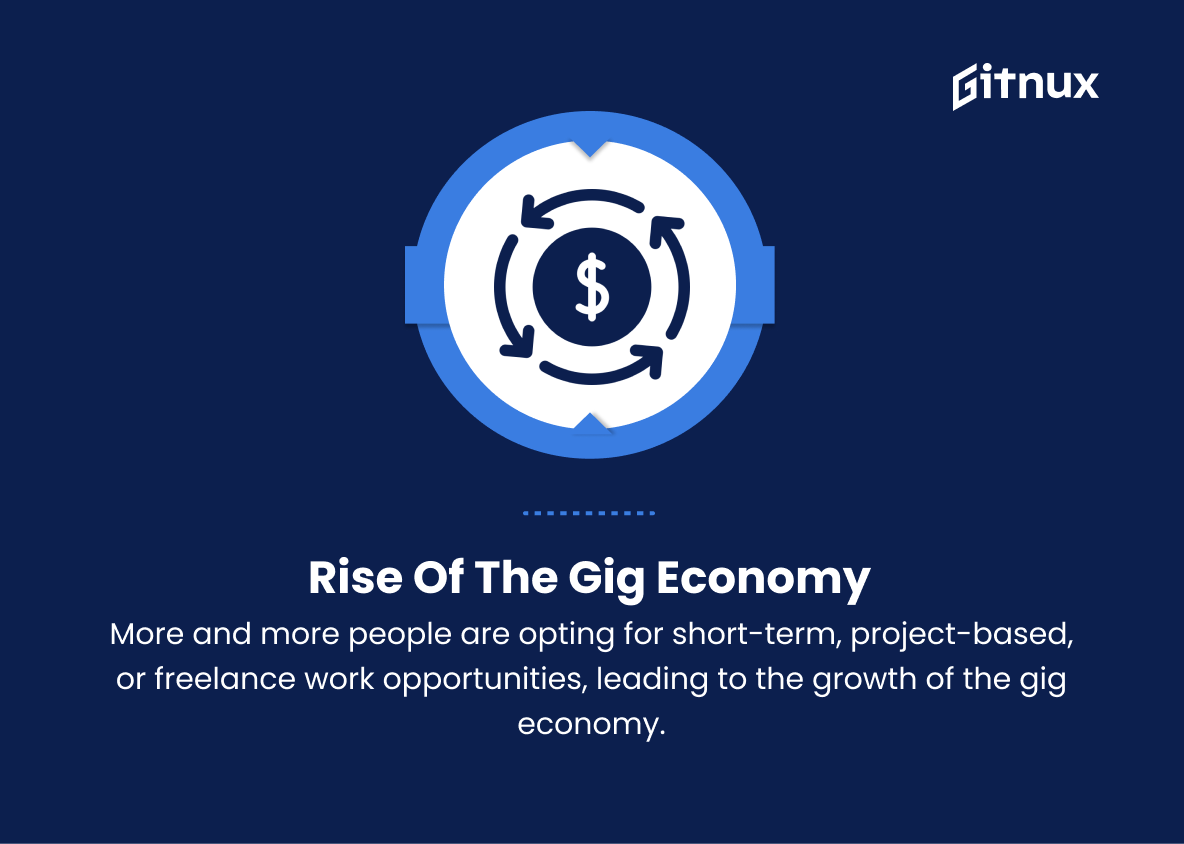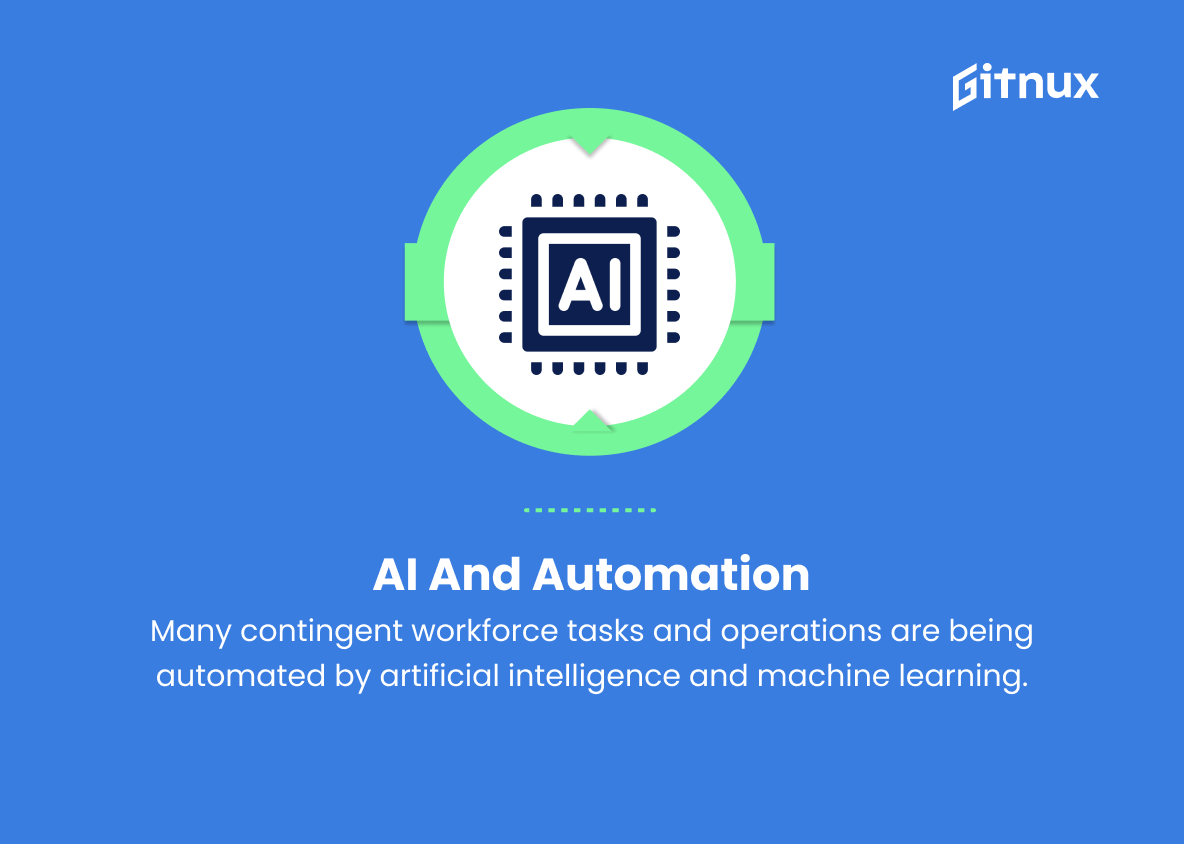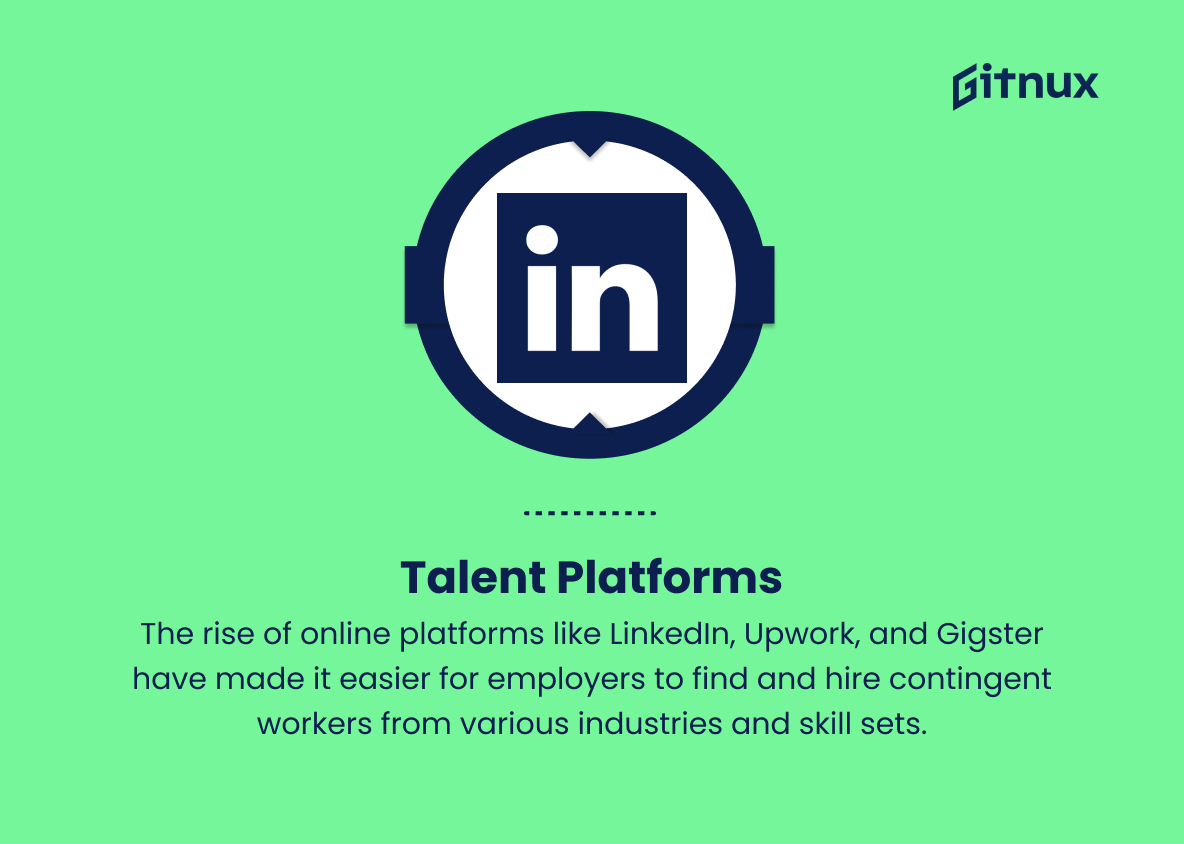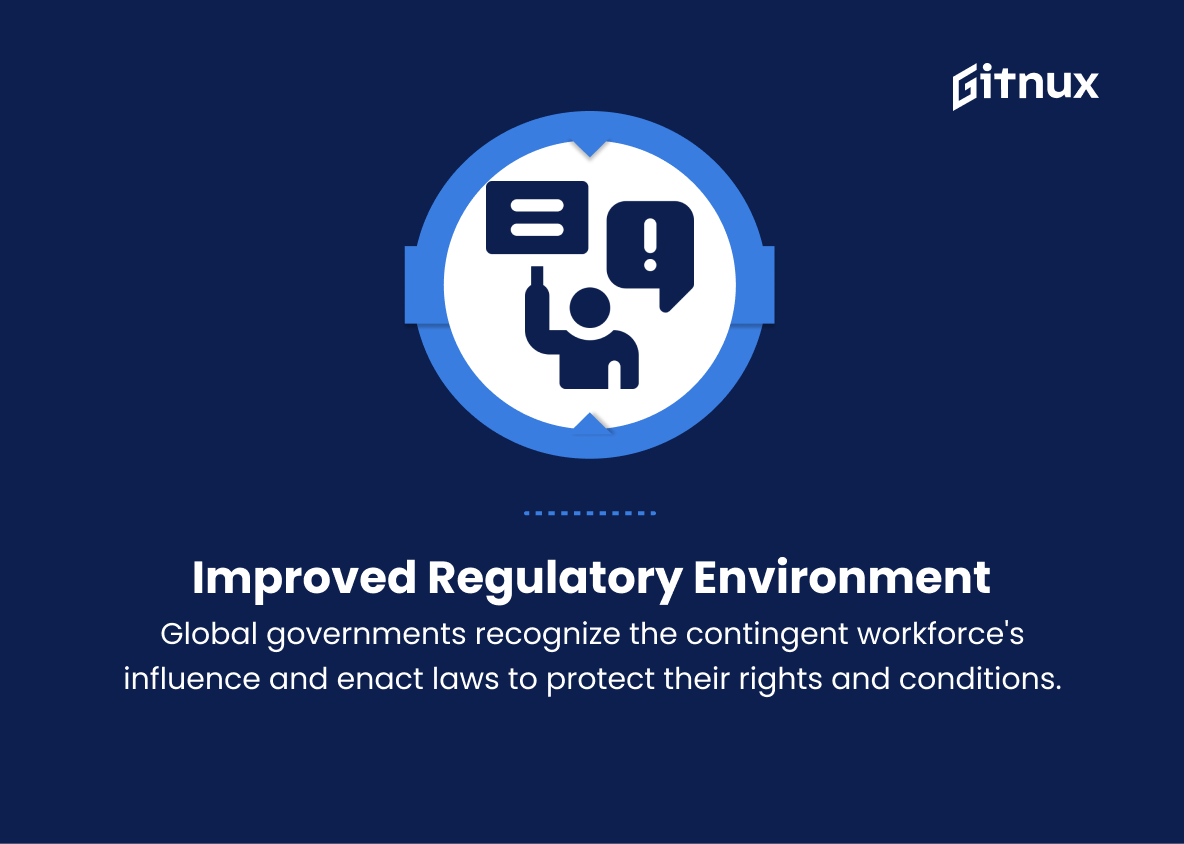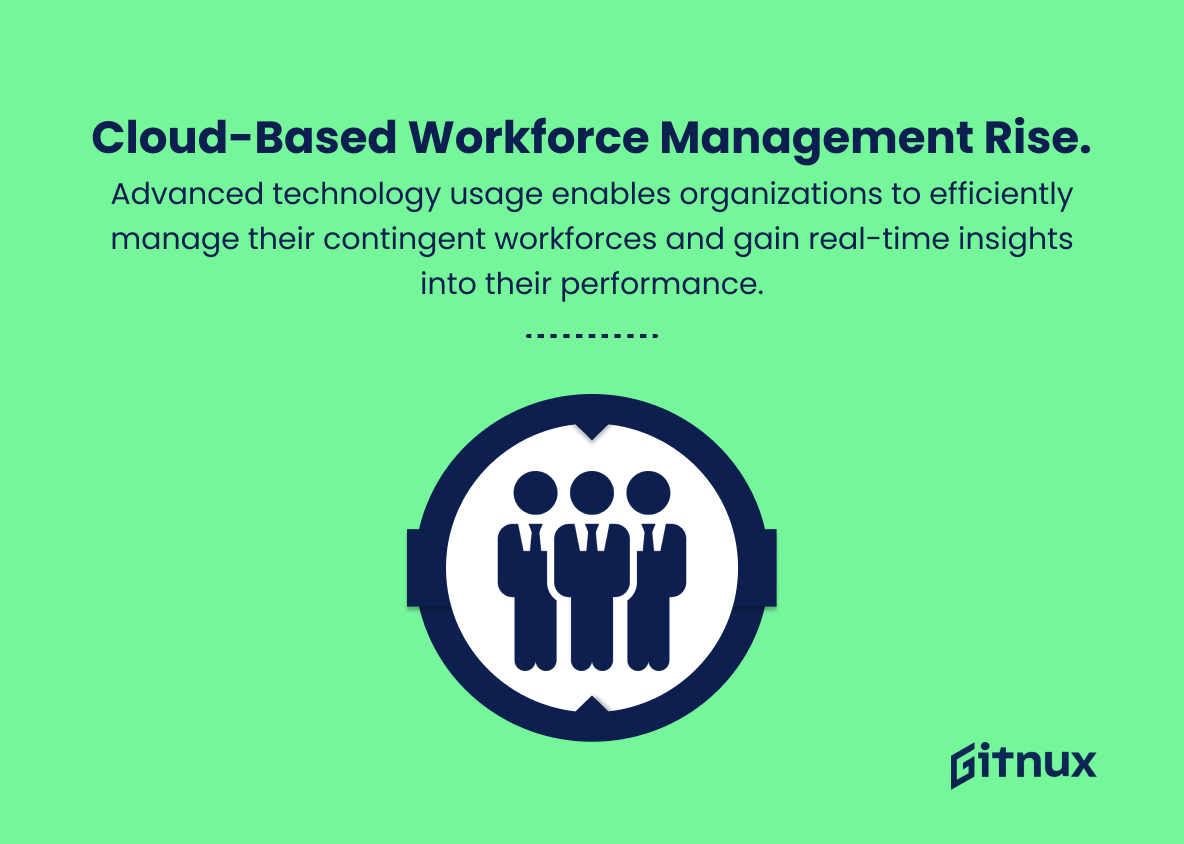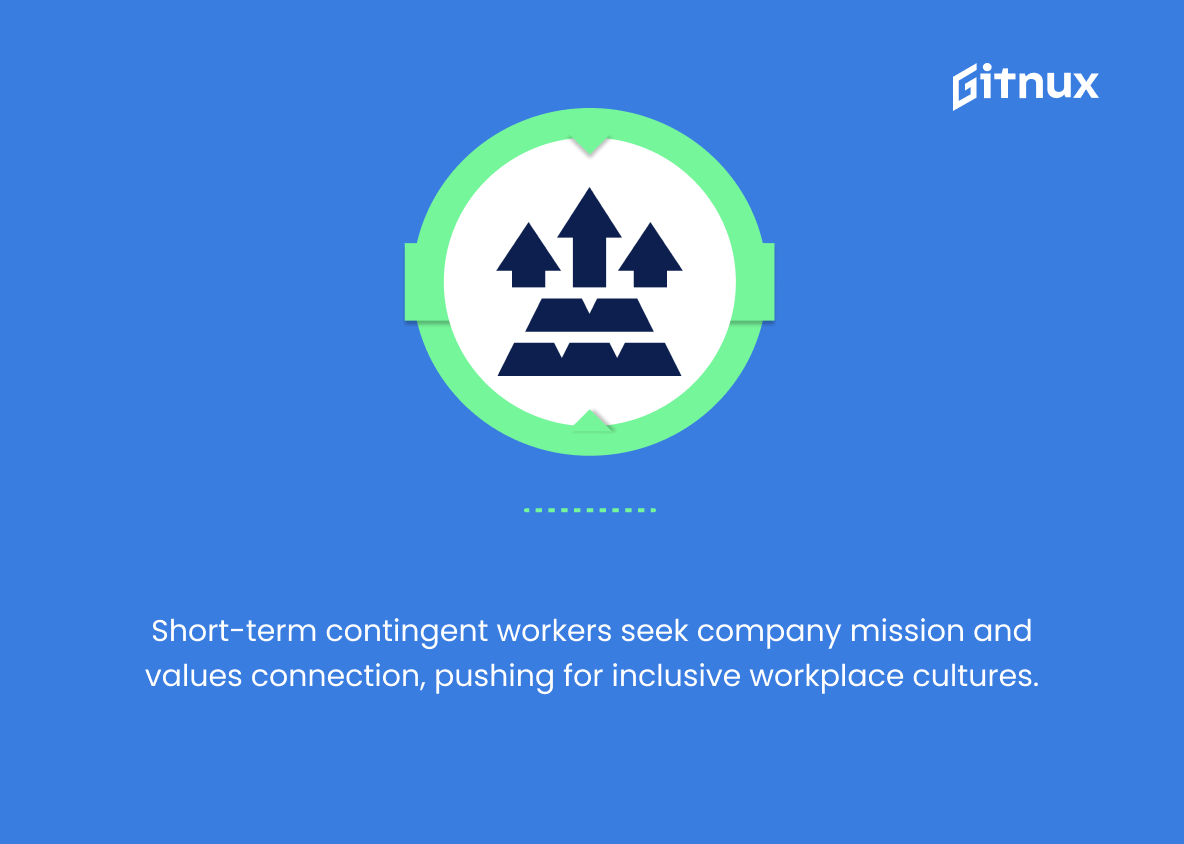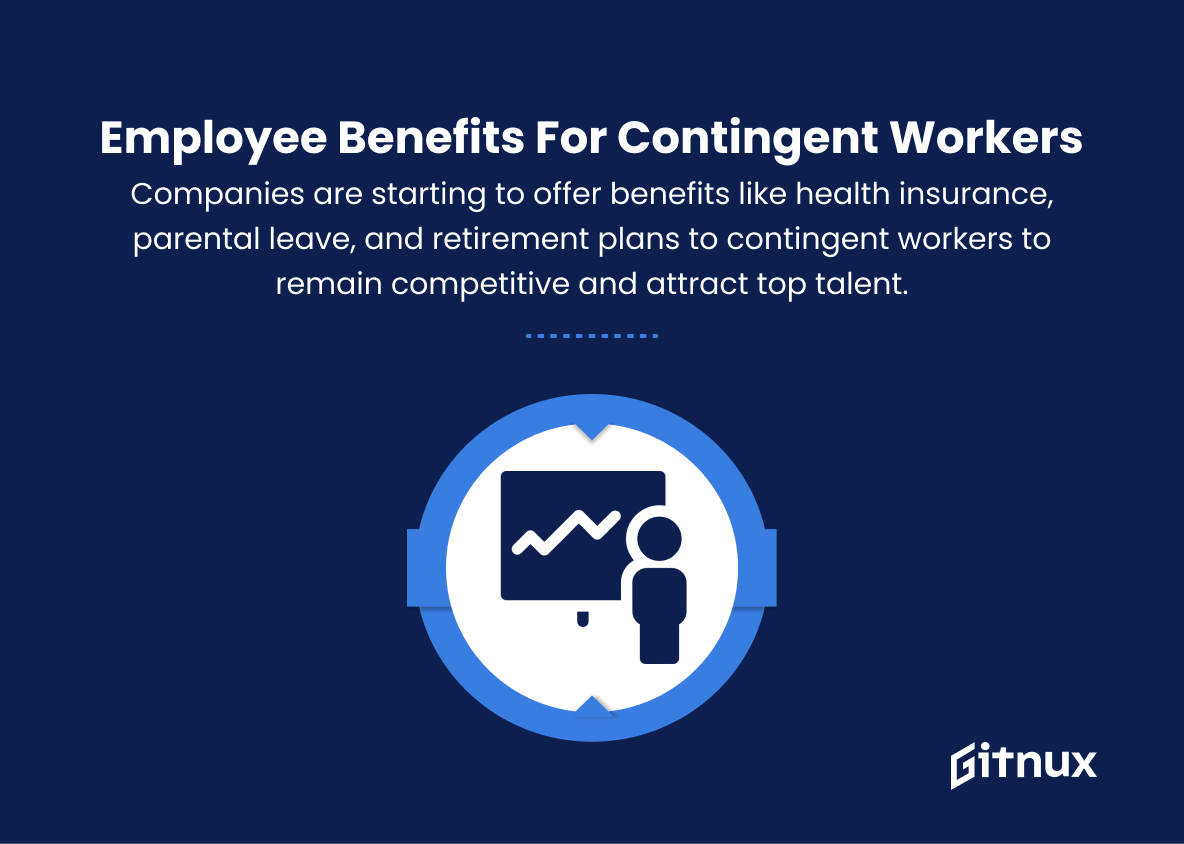In today’s rapidly evolving business landscape, organizations are increasingly turning to flexible workforce models to meet the demands of an ever-changing market. Contingent workforce, also known as non-permanent, freelance, or gig workers, is fast becoming a vital component in this dynamic environment. With an increasing number of professionals seeking autonomy, flexibility, and the opportunity to work on a variety of projects, this shift is expected to continue in the coming years. As businesses across industries face the necessity of adapting to new realities, they must also acknowledge the inherent benefits, implications, and potential pitfalls of engaging a contingent workforce.
In this blog post, we will delve into the key trends shaping the contingent workforce landscape, exploring the forces driving this change and highlighting the partnerships, strategies, and innovations necessary for organizations to successfully navigate this uncharted territory.
Top Contingent Workforce Trends
1. Rise of the gig economy
More and more people are opting for short-term, project-based, or freelance work opportunities, leading to the growth of the gig economy. This allows for a greater degree of flexibility, independence, and work-life balance for individuals.
2. Remote work
Technology advancements have made it possible for people to work from anywhere, leading to the increased adoption of remote workforces. This allows companies to source talent from around the globe, increasing productivity and reducing overhead costs.
3. AI and automation
Many contingent workforce tasks and operations are being automated by artificial intelligence and machine learning. This helps streamline processes, enhance productivity, and reduce human error, allowing companies to efficiently manage their contingent workforce.
4. Greater focus on skills, not job titles
The growing demand for skilled workers is forcing organizations to focus on specific skills and competences rather than traditional job titles, giving contingent workers more opportunities to find work in their areas of expertise.
5. Talent platforms
The rise of online platforms like LinkedIn, Upwork, and Gigster have made it easier for employers to find and hire contingent workers from various industries and skill sets.
6. Retraining and upskilling
Organizations are focusing more on training and development for contingent workers to sustain a competitive advantage in the rapidly changing digital economy.
7. Improved regulatory environment
Governments around the world are acknowledging the growing influence of the contingent workforce and passing regulations and laws to protect these workers’ rights, wages, and working conditions.
8. Increased adoption of cloud-based workforce management systems
Advanced technology usage enables organizations to efficiently manage their contingent workforces and gain real-time insights into their performance.
9. Growing emphasis on company culture and values
Despite being short-term employees, today’s contingent workers seek a meaningful connection with the company’s mission and values, prompting businesses to put greater emphasis on developing an inclusive and positive workplace culture.
10. Employee benefits for contingent workers
Companies are starting to offer benefits like health insurance, parental leave, and retirement plans to contingent workers to remain competitive and attract top talent.
11. Corporate partnerships and co-working spaces
As contingent workforces grow, companies are partnering with co-working spaces and forming strategic alliances to provide a conducive work environment for their contingent employees.
12. Stress on diversity and inclusion
Companies are increasingly focused on creating diverse and inclusive workforces, as they understand that diverse teams enhance creativity, innovation, and problem-solving abilities.
13. Shift from traditional employment models
Organizations are embracing hybrid employment models, combining full-time, part-time, and contract workers to create a more adaptable workforce capable of handling the changing demands of the market.
Implications
The contingent workforce is rapidly evolving, as evidenced by the rise of the gig economy, remote work, and the adoption of AI and automation in various tasks and operations. This indicates a shift away from traditional employment models towards more flexible and adaptable workforce structures. Companies are focusing on specific skills and competencies rather than traditional job titles, which has led to the proliferation of talent platforms, facilitating the sourcing of a diverse array of skills on demand. This shift necessitates deskilling and upskilling initiatives, as well as improved regulations to protect workers’ rights and working conditions.
As cloud-based workforce management systems increase in prevalence, employers are better equipped to manage their contingent workforce effectively by gaining real-time insights into their performance. Additionally, there is a growing emphasis on nurturing company cultures that emphasize diversity, inclusion, and alignment with company values, even to short-term and contract workers. This has prompted the extension of employee benefits to contingent workers, promoting a competitive edge in attracting top talent. With the formation of corporate partnerships and the utilization of co-working spaces, companies aim to provide conducive work environments for their growing contingent workforces.
Ultimately, these trends indicate a significant transformation in workforce dynamics as organizations adapt to the rapidly changing demands of the digital economy.
Conclusion
In today’s rapidly evolving business landscape, understanding and adapting to contingent workforce trends is critical for organizations seeking a competitive advantage. As the gig economy continues to expand, organizations must be prepared to embrace new technologies, engage with emerging platforms, and develop innovative strategies to manage their contingent workforce. By doing so, companies can optimize their workforce, drive productivity gains, and ultimately thrive in this new era of work. As the lines between traditional and contingent employment become increasingly blurred, fostering agility and adaptability will be key to navigating this complex and ever-changing landscape.
